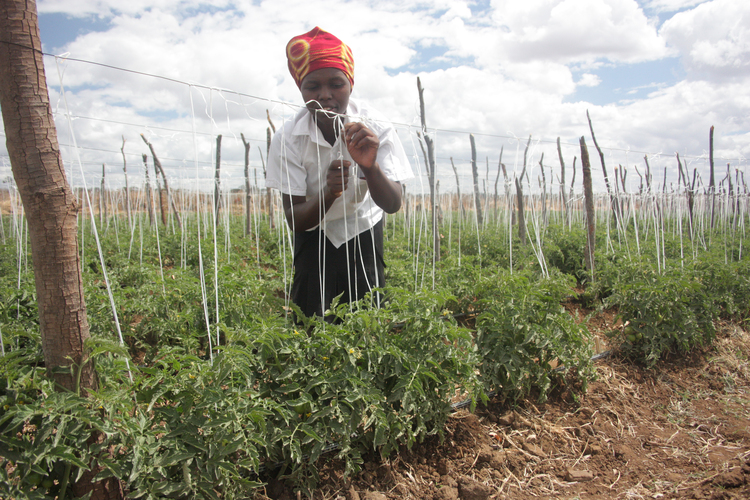
The Sunday Mail

The rainy season is also a time when many indigenous vegetables are available. Though they have been very much neglected in modern African towns these indigenous vegetables are very nutritious and can offer some economic gain for those who will consider growing them on a large scale.
However the challenge of growing indigenous vegetables has been and still is the unavailability of seeds in traditional farm centres. Is it not time we make available these important genetic materials? But for now we just have to rely on exchange of seeds at household level and also depend on one of the oldest markets in Harare (Mbare Musika).
The value of traditional vegetables is becoming evident especially in the light of the HIV or AIDS pandemic.
Their nutritional value has come under the spotlight and research has been sparked on their potential use. Their short growing time and cheapness to produce make them an attractive alternative to other vegetables. They are a great resource that we cannot afford to ignore.
We cannot wait only for those times we visit our rural homes to enjoy indigenous vegetables.
Turn your garden into both a money-making venture and a genetic store house of indigenous vegetables.
Grow vegetables such as okra (derere, idelele), cat’s whiskers (nyevhe, ulude), cowpea (nyemba), mustard rape (tsunga), Amaranthus (bonongwe), blackjack (sina, ucucuza), lambsquarter (mubvunzandadya) and cassava (mufarinya) to mention just a few.
Many indigenous vegetables will grow in most soils as long as they are well drained although the ideal soils are the sandy loams. Organic manure has been traditionally used to supply nutrients. Indigenous vegetables can also be grown throughout the year with the right knowledge.
Plant these vegetables in rows or simply broadcast. Pay particular attention to planting depth with the general guide being to plant seeds not more than twice their diameter. Some like cassava will easily strike from stem cuttings.
Plant spacing also varies from species to species with in-row spacing ranging from 10cm to 40cm while inter-row spacing can be from 45cm to 90cm. Thin out the seedlings after germination to reduce competition for nutrients and sunlight. Most vegetables do well with direct seeding as opposed to transplanting them.
With the scarcity of genetic material it is advisable to stock your own seed. Thus it is a good idea to avoid growing the same family species to avoid hybridisation unless you have those intentions in mind.
The general crop management practices apply such as weeding, mulching, irrigation and pathogen control. However, it should be noted here that most indigenous crops have developed good resistance to pathogens and thus tend to survive without much assistance with the occasional blemishes being tolerated by farmers. Practise crop rotation for easier pest and disease control.
Let us embrace our unique heritage in our myriad fruits and vegetables. Perhaps one day we will be able to purchase nyevhe in an ordinary supermarket when we visit the vegetable section or even pick a few mazhanje fruits.
Thumbs-up to those restaurants and hotels that have introduced traditional meals to their cuisines.
For further details contact the writer by email at [email protected]




